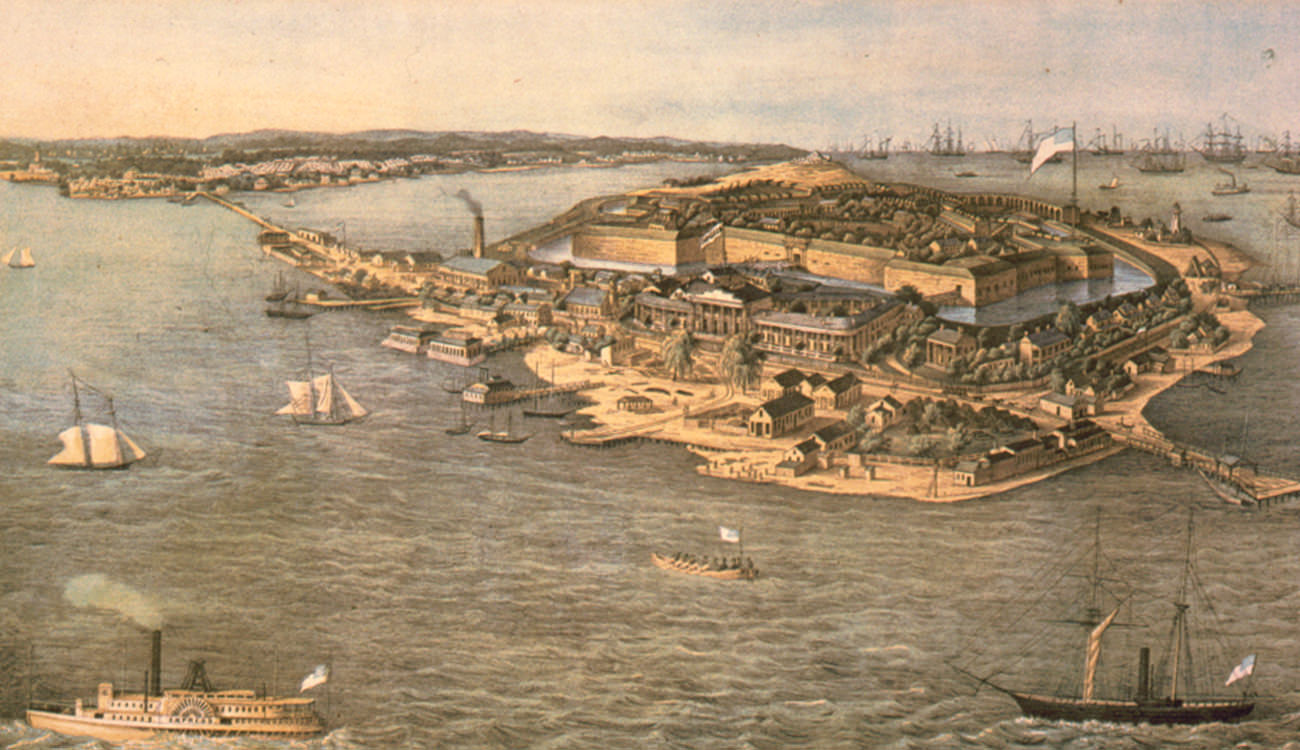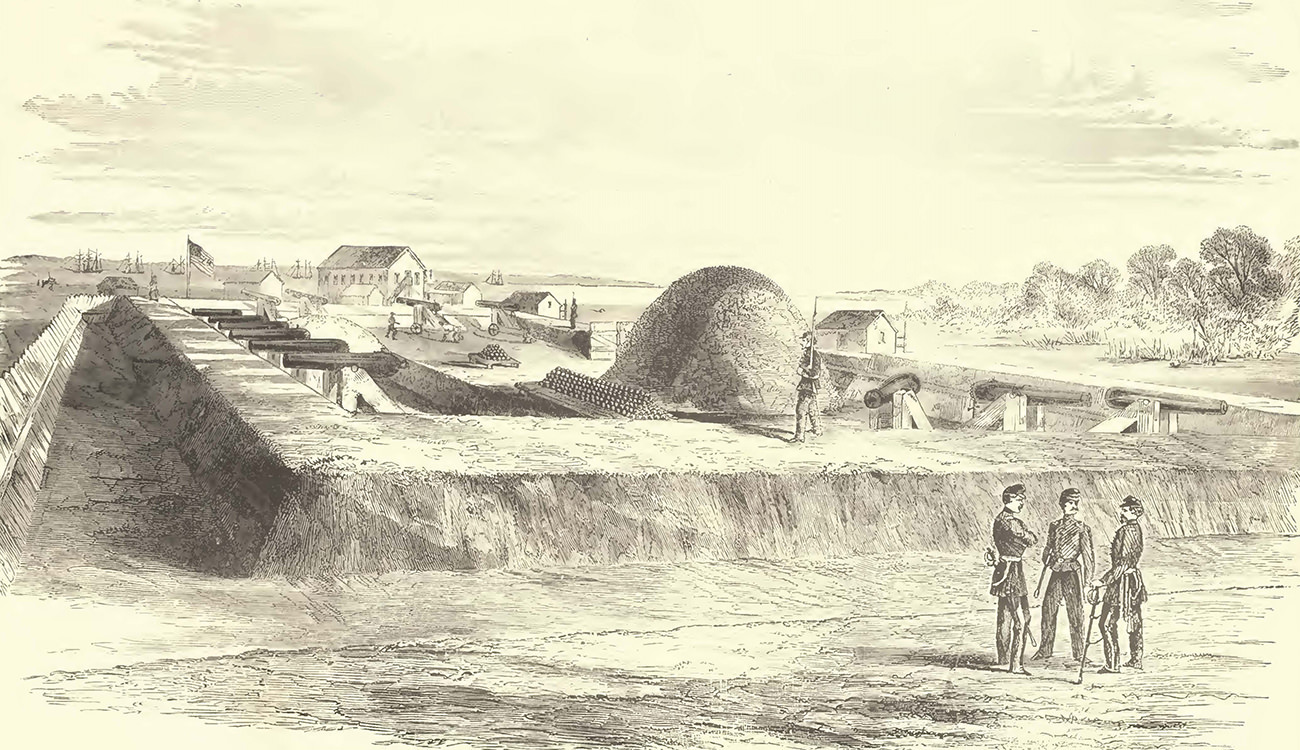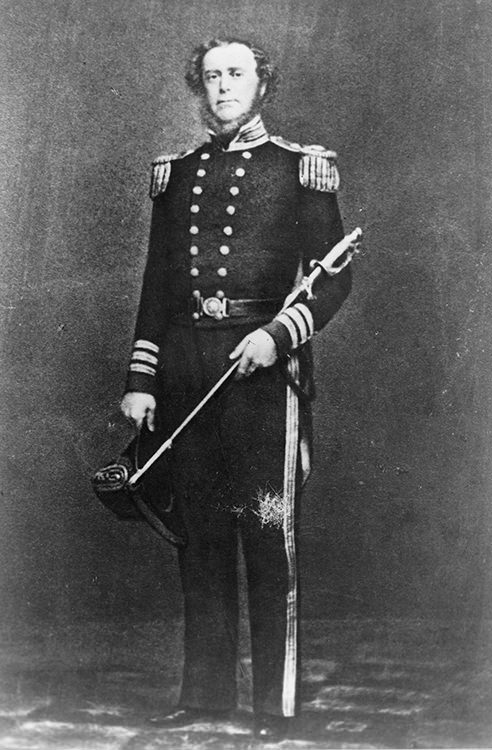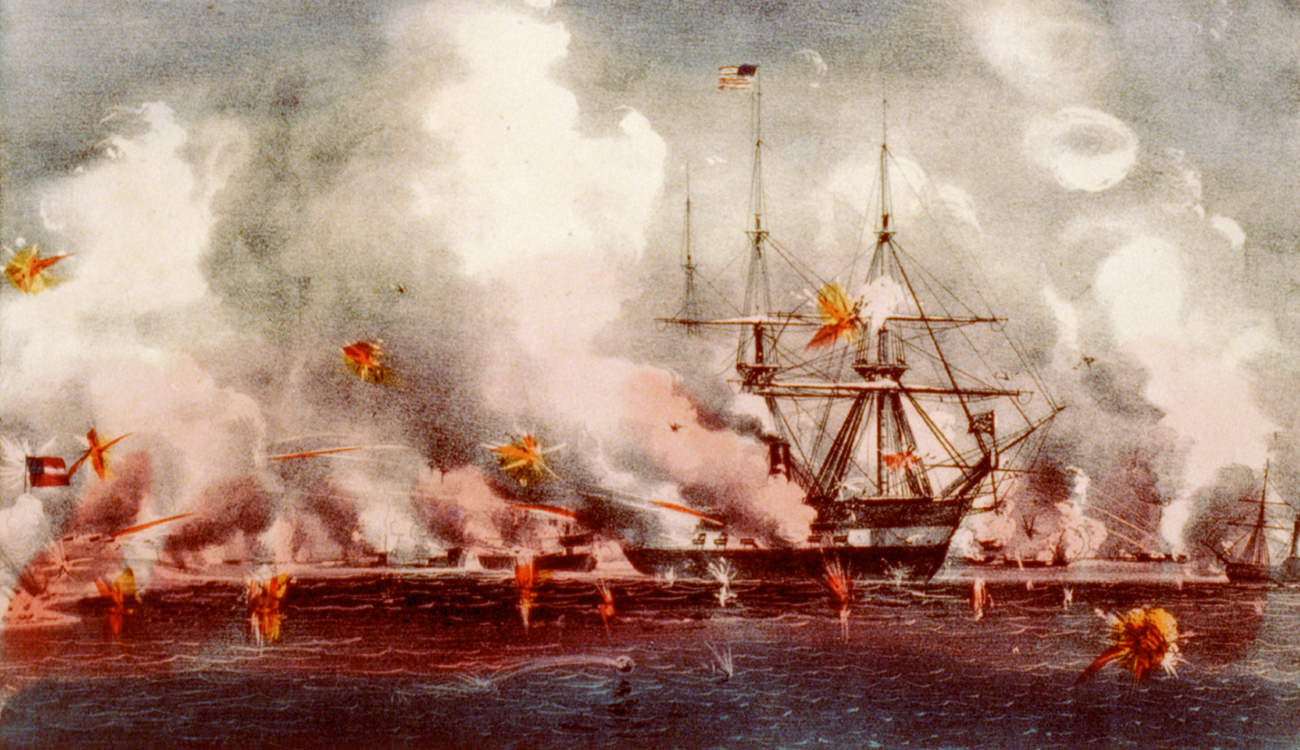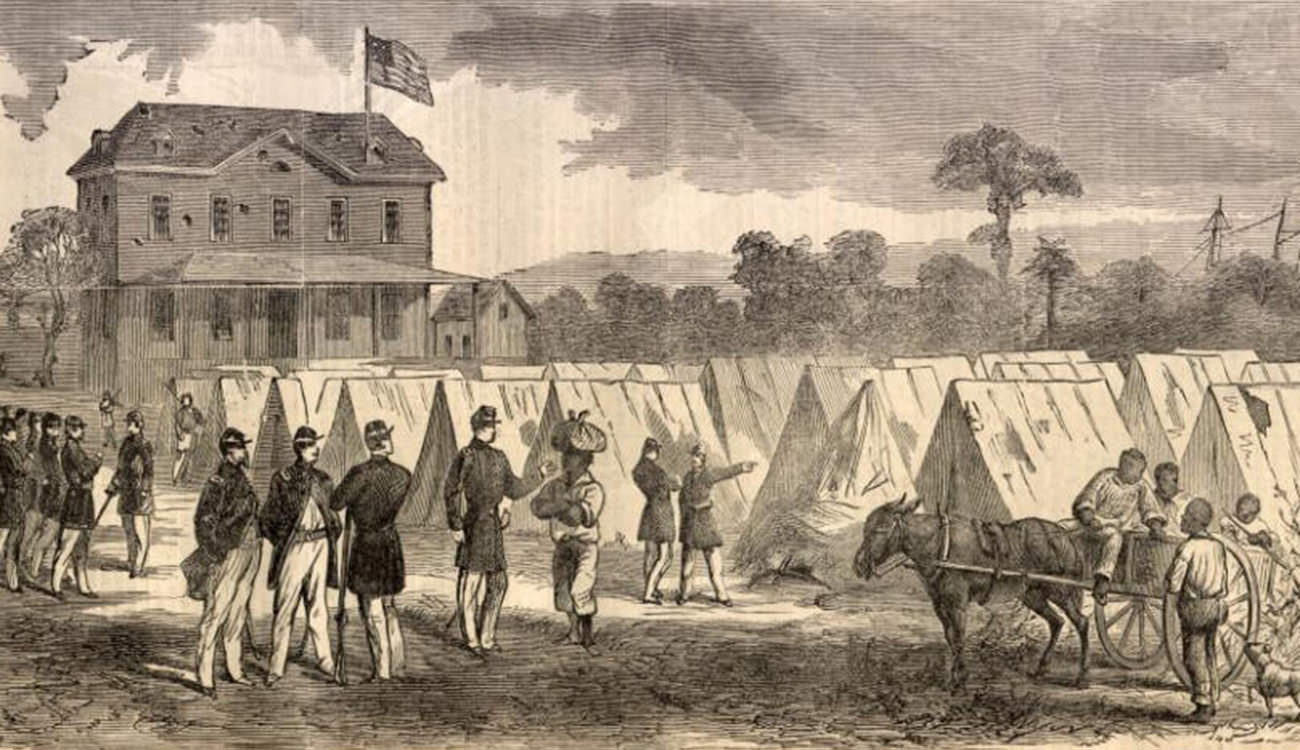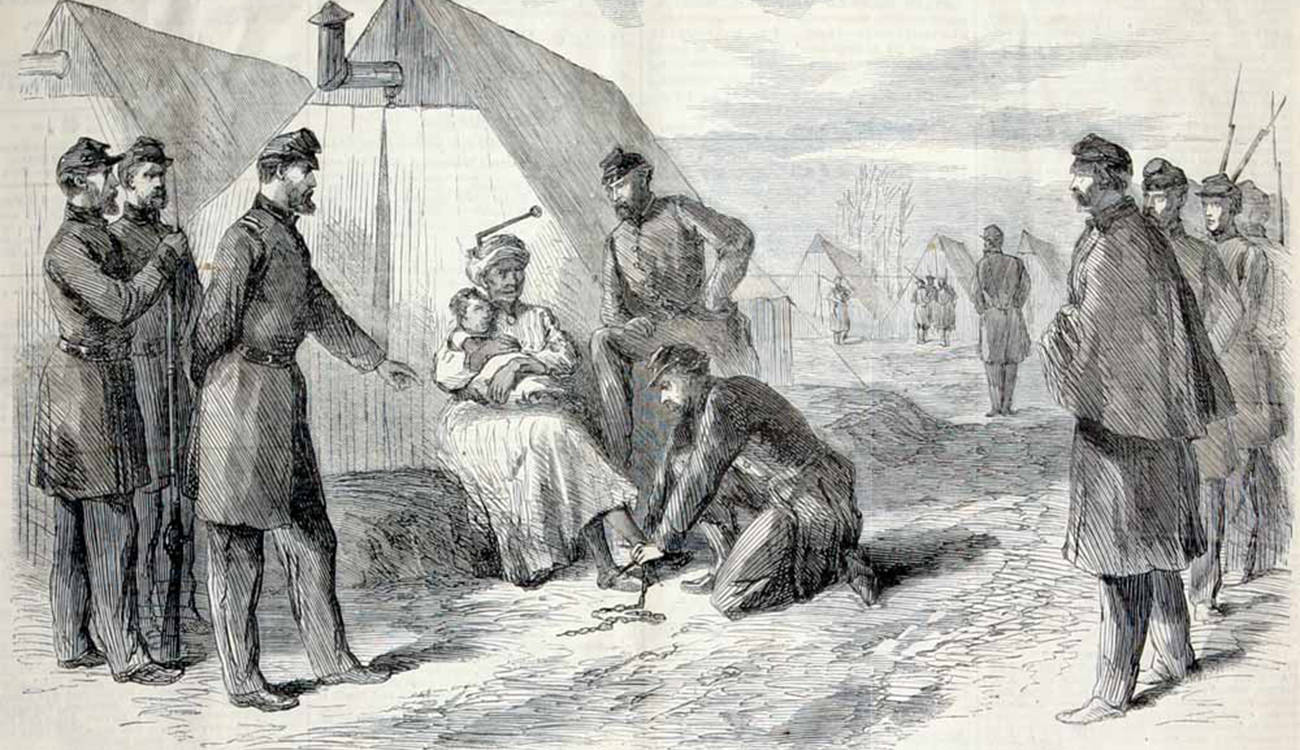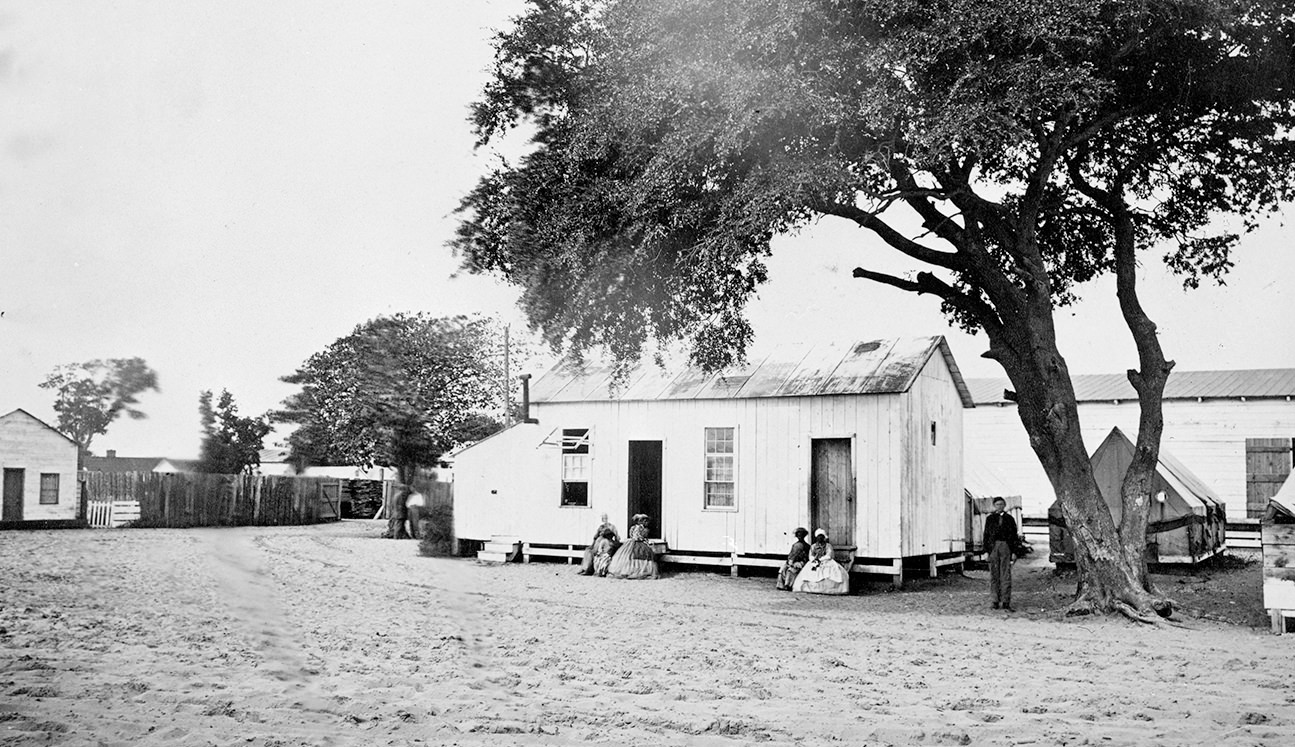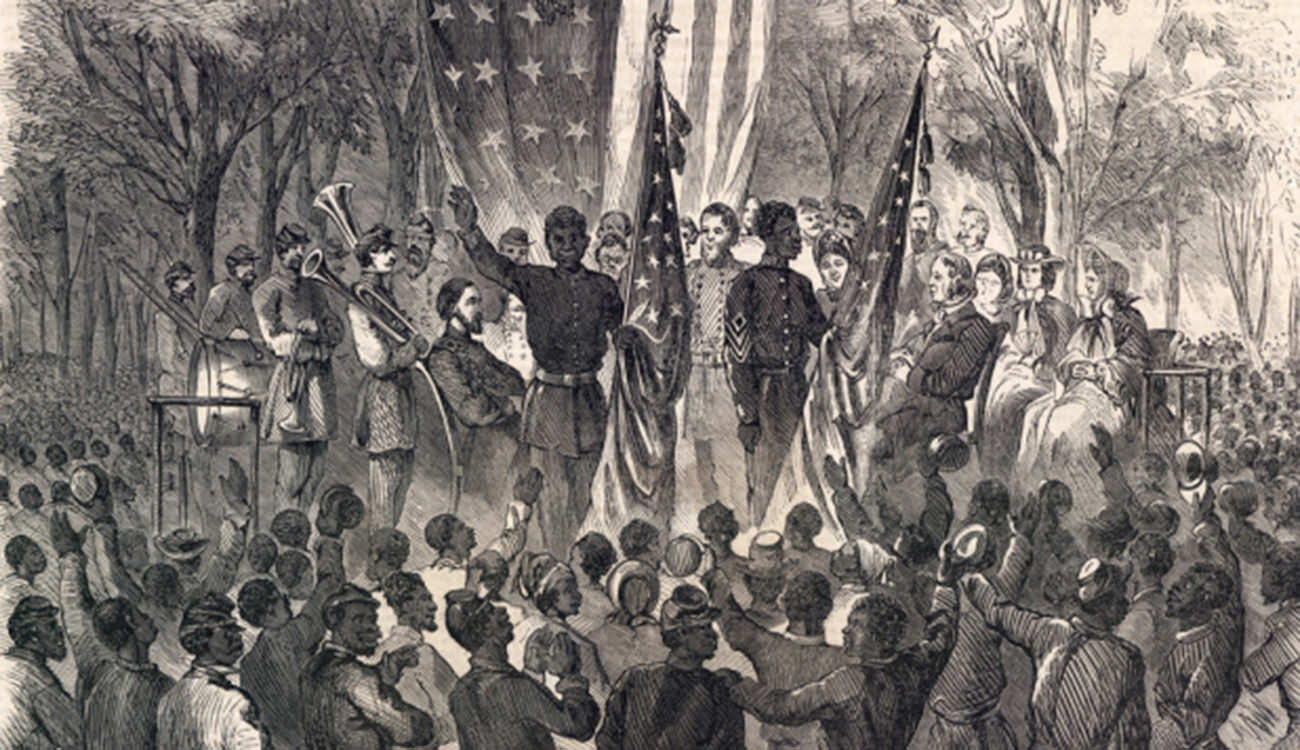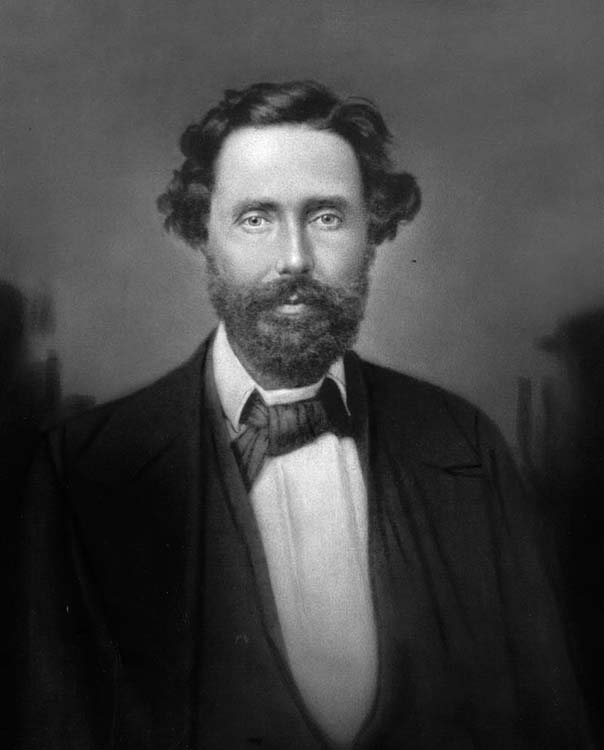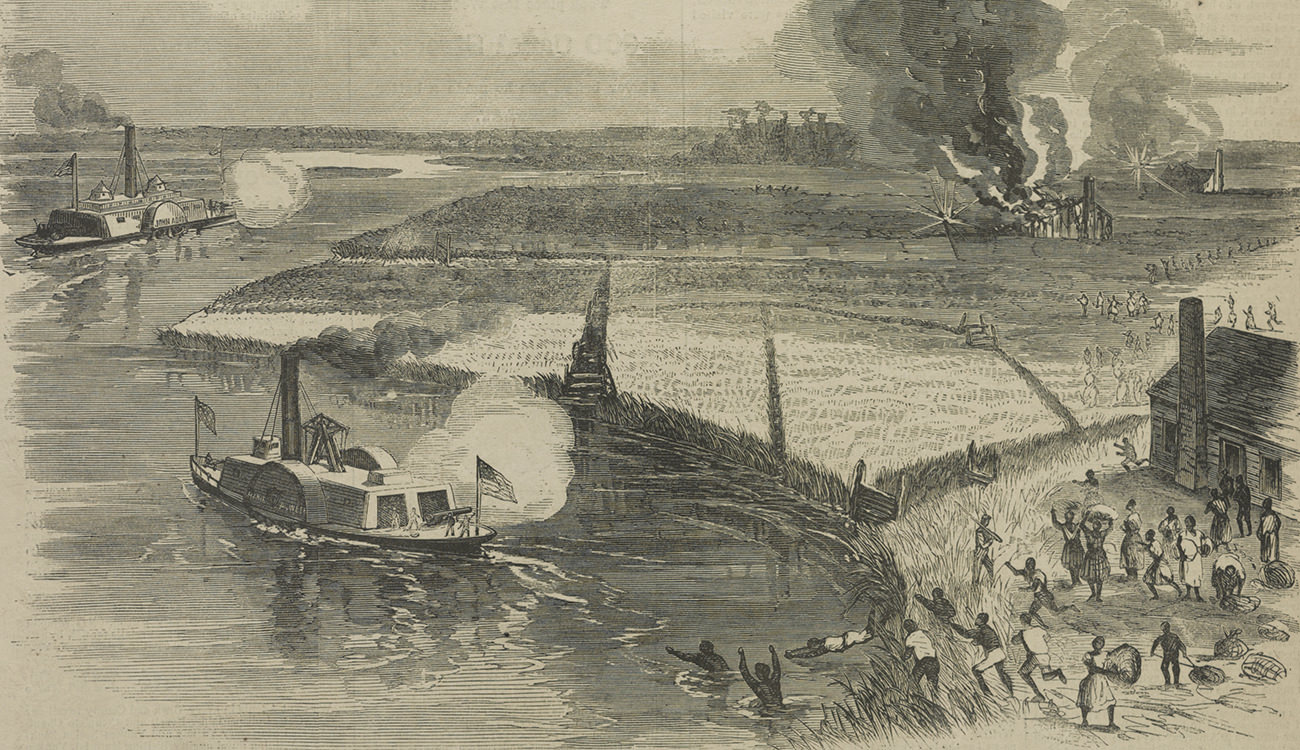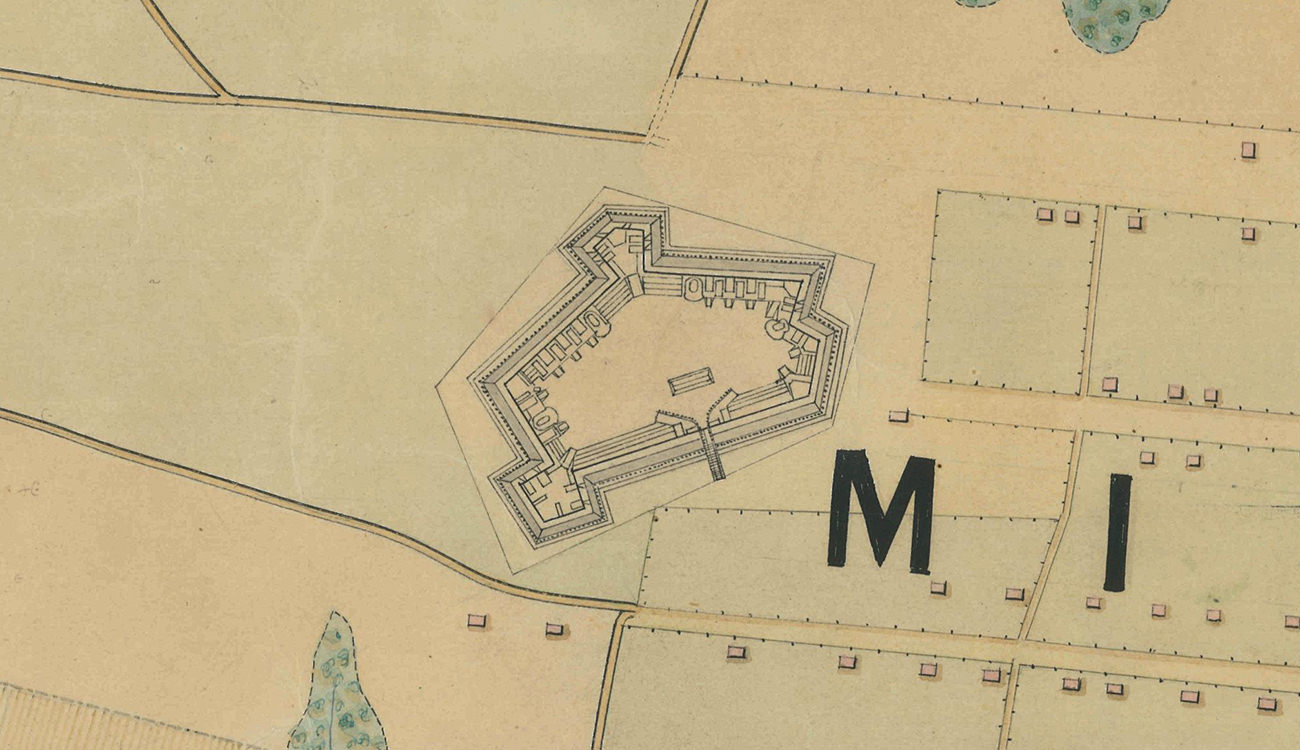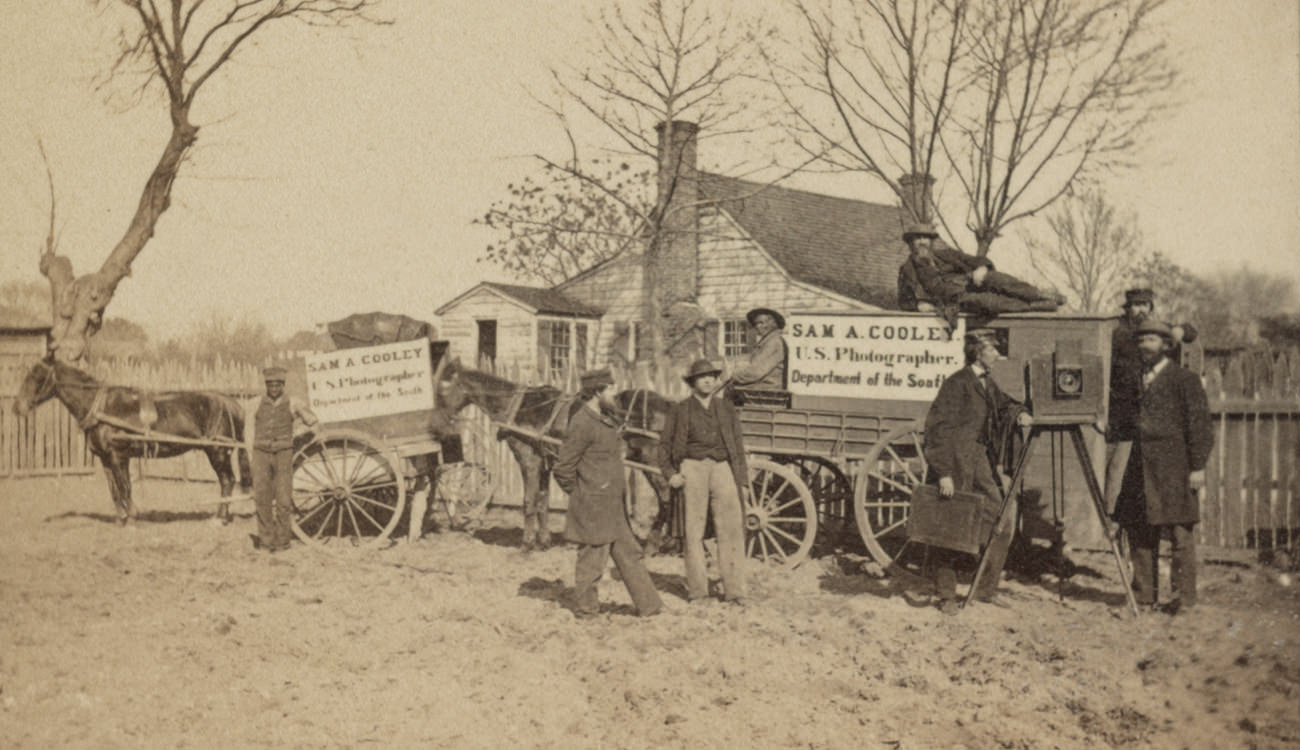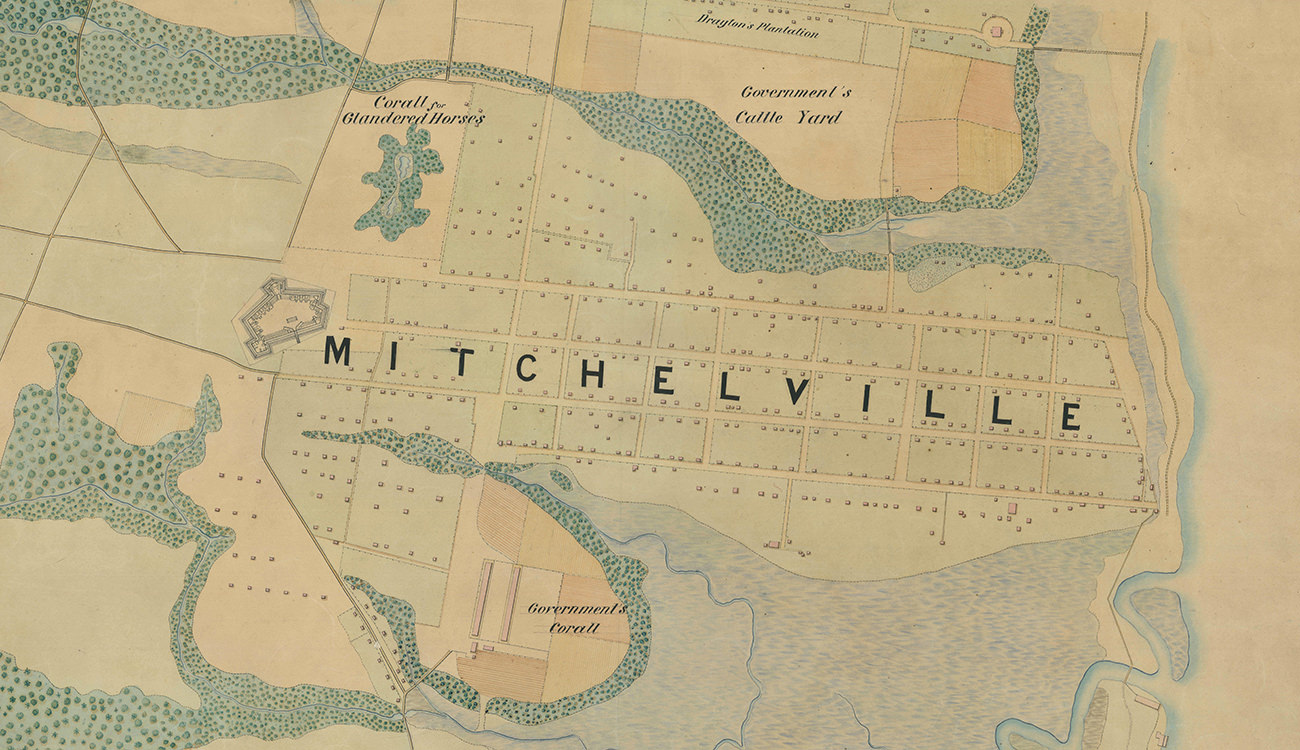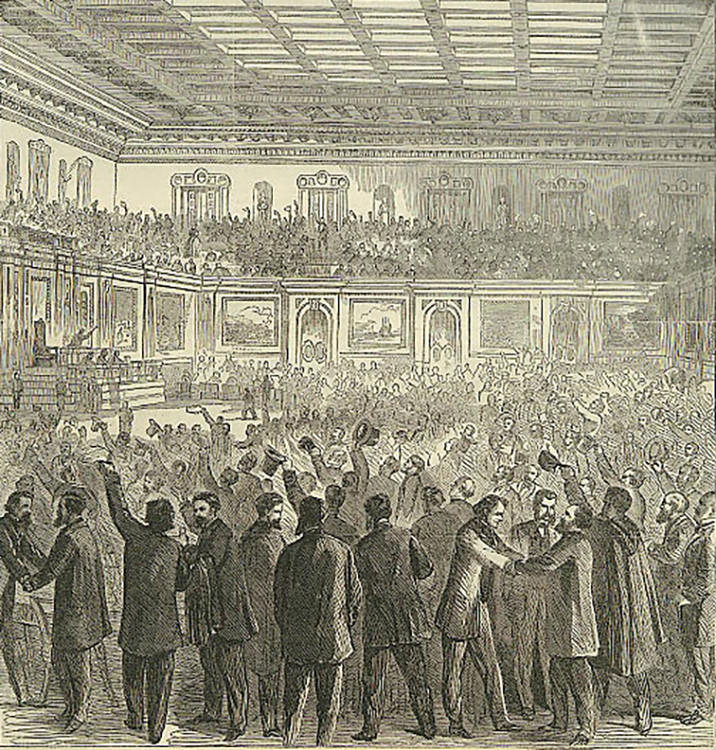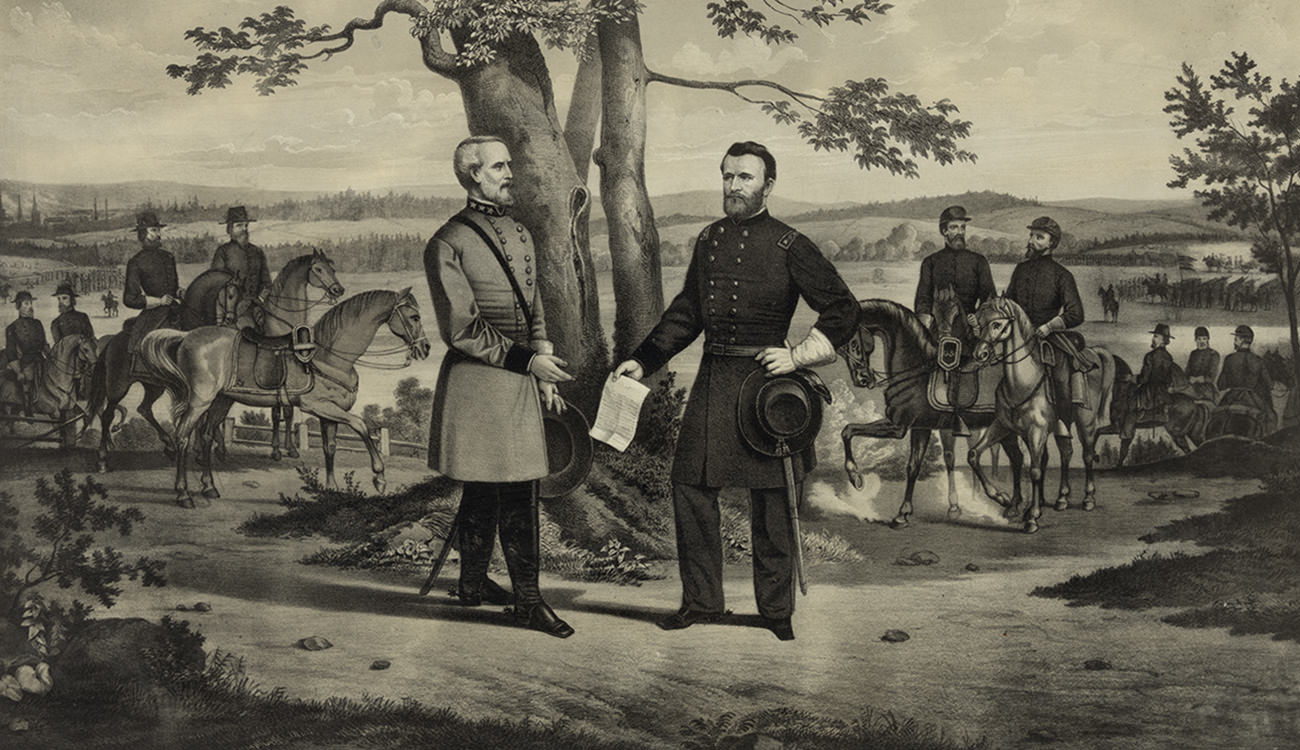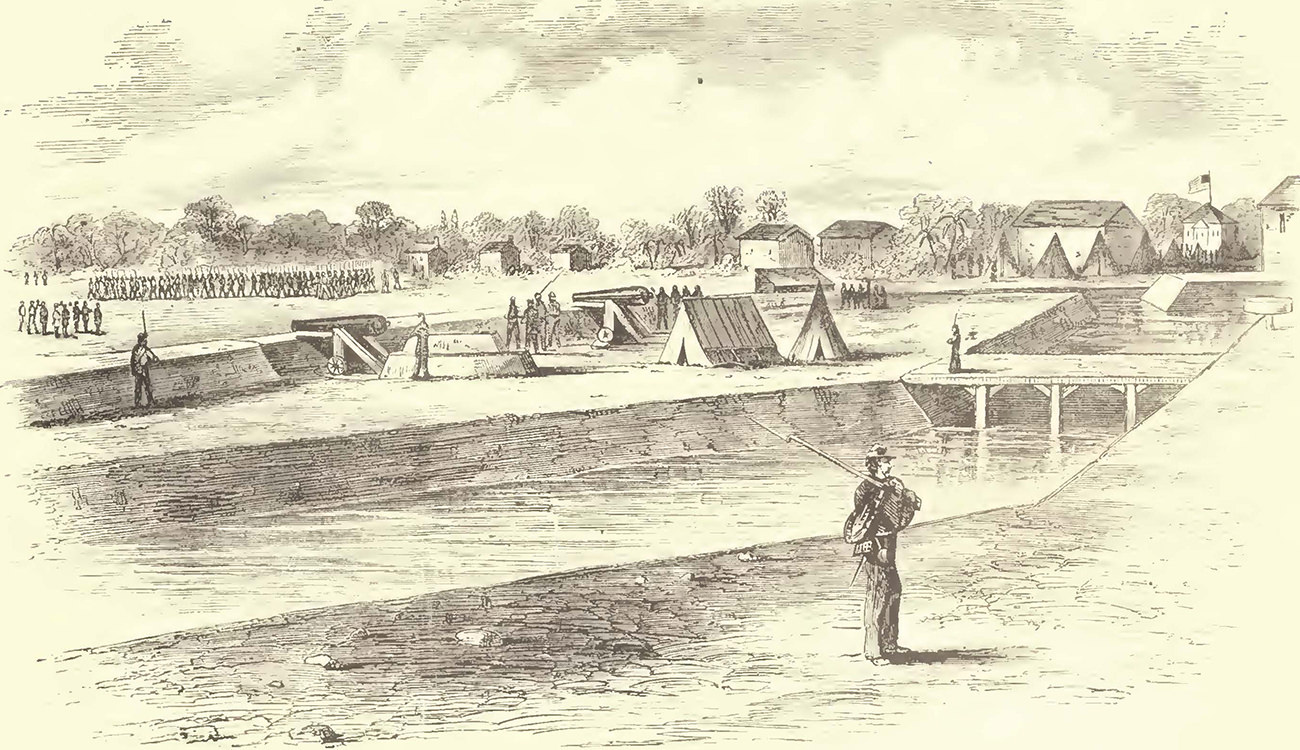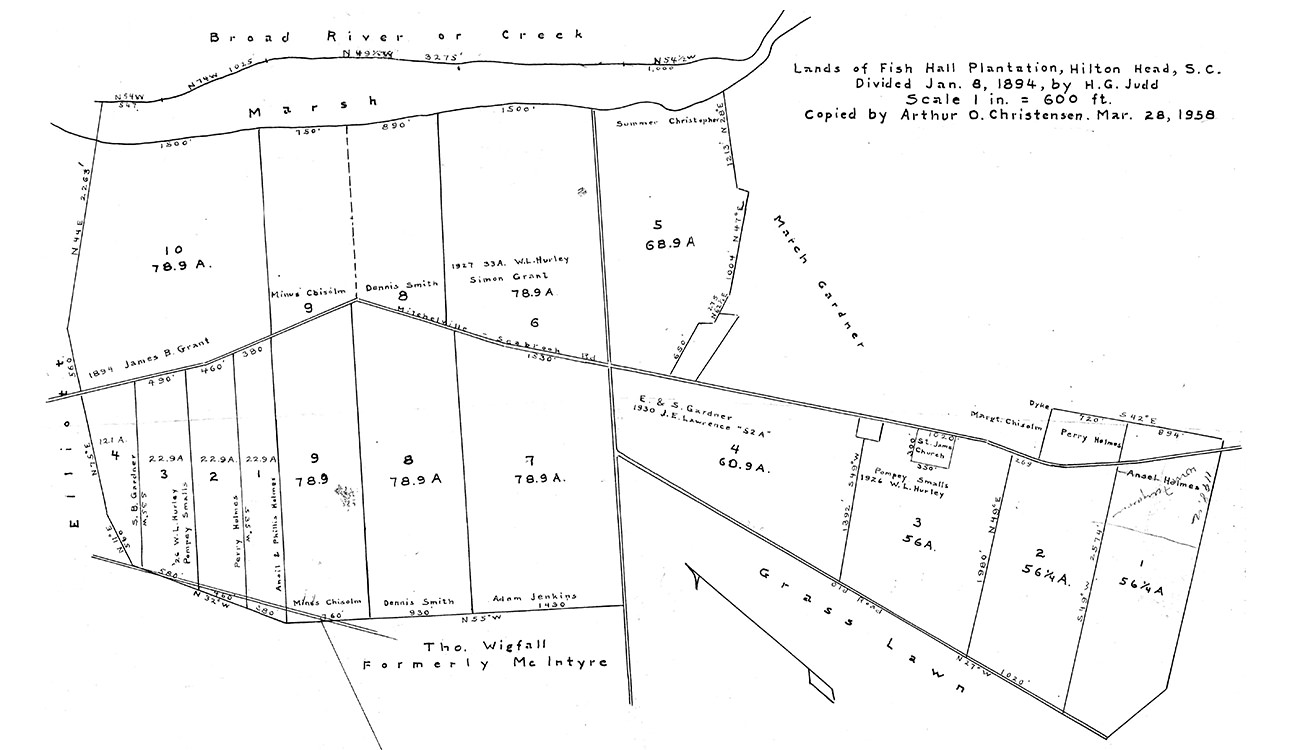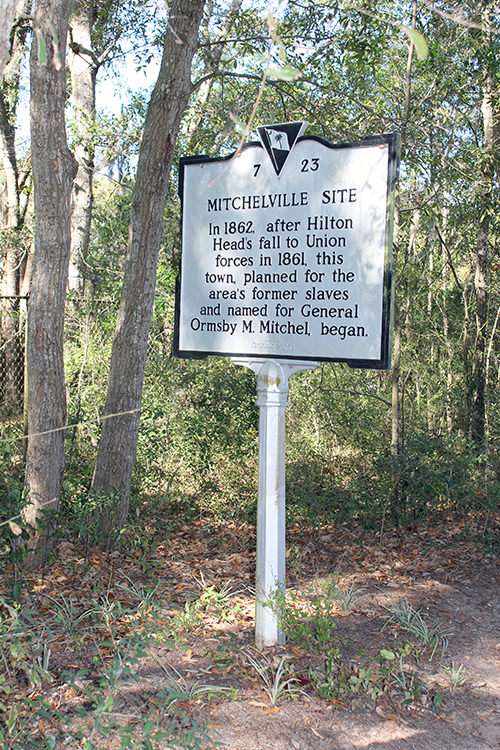Documented Mitchelville

On November 7, 1861, Confederate forces were defeated at the Battle of Port Royal, one of the first naval battles of the Civil War. Hilton Head Island, and later Beaufort and St. Helena Island fell to Union forces. Planters abandoned the Sea Islands and thousands of enslaved people escaped from bondage.
Hilton Head Island became the headquarters for the US Army's Department of the South and the chief operational port for the Navy's South Atlantic Blockading Squadron. One day after the Union Army and Navy captured the island, 80 escaped slaves arrived at the encampment. By February 1862, there were over 600 former slaves seeking refuge behind Union lines. The army was quickly overwhelmed. In September 1862, Major General Ormsby Mitchel assumed command of the island and proposed to create a town for the escaped slaves. The town was called Mitchelville.
Mitchelville was the first self-governed Freedmen's community in the United States. Residents worked for the army during the war and the subsequent occupation. When the army left Hilton Head Island in 1868, most jobs went with it. Mitchelville soon declined and by 1880 ceased to be a town. By the mid-1950s only Hilton Head Island's older residents remembered Mitchelville.
Links:
www.gullahgeecheecorridor.org
www.mitchelvillepreservationproject.com
www.coastaldiscovery.org
www.heritagelib.org
www.penncenter.com
www.ancestry.com
Further Reading:
Hilton Head Island in the Civil War by Robert Case
The Battle of Port Royal by Michael Coker
Civil War Artifacts: A Guide for the Historian by Howard R. Crouch
Freedom by the Sword: The U.S. Colored Troops, 1862-1867 by William Doback
Freedom National by James Oakes
Rehearsal for Reconstruction: The Port Royal Experiment by Willie Lee Rose
The History of Beaufort County, South Carolina 1514-1861 by Lawrence Rowland
Mitchelville: Experiment in Freedom by Michael Trinkley



